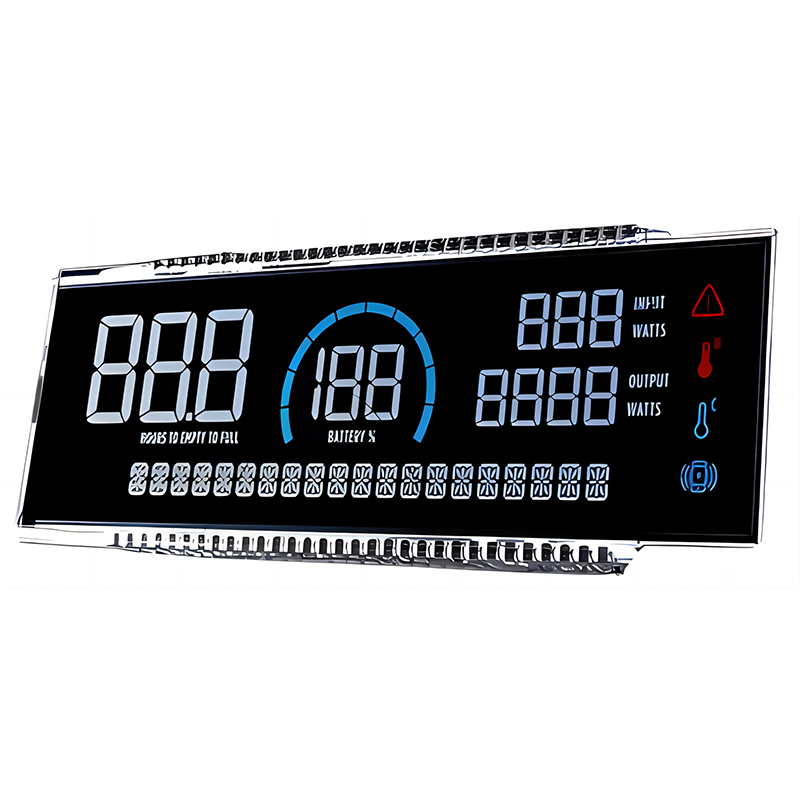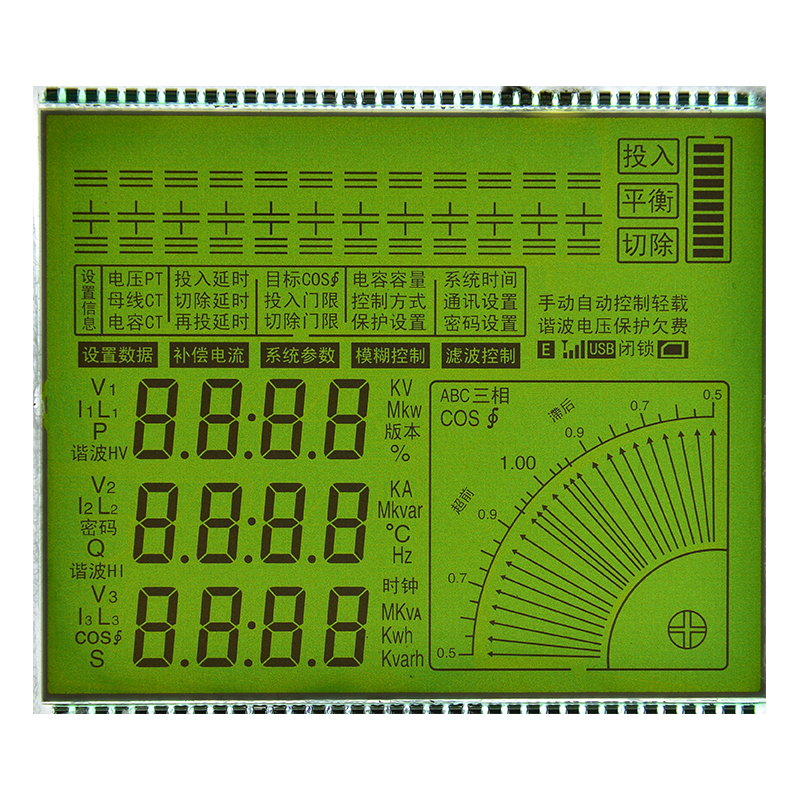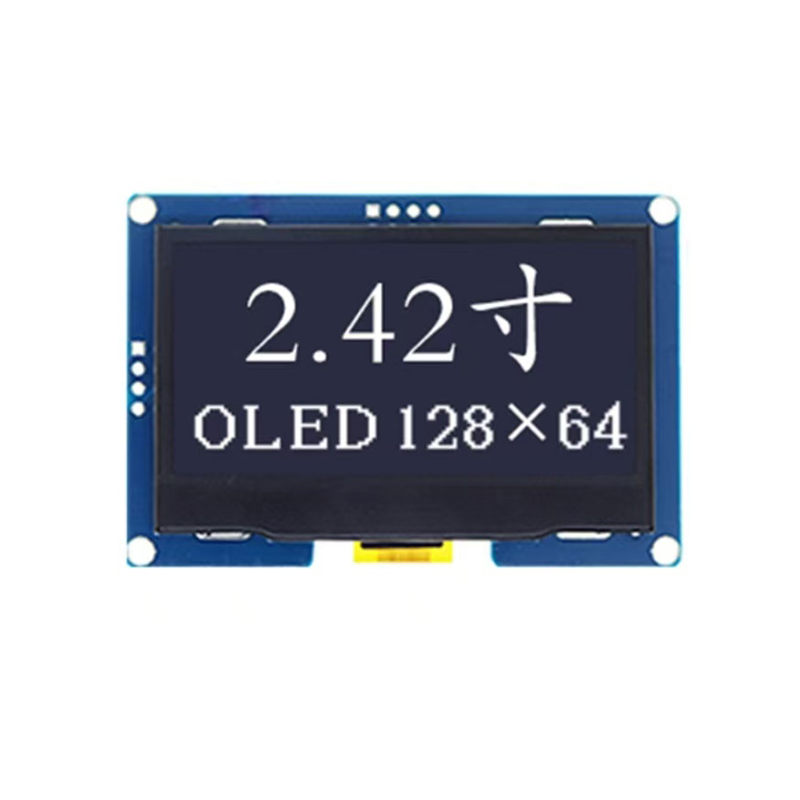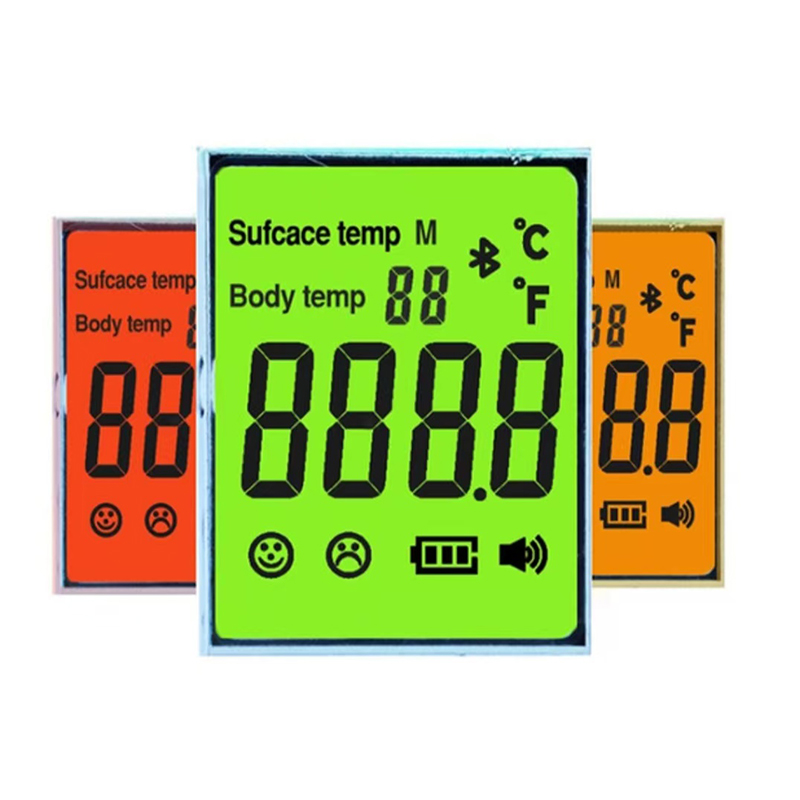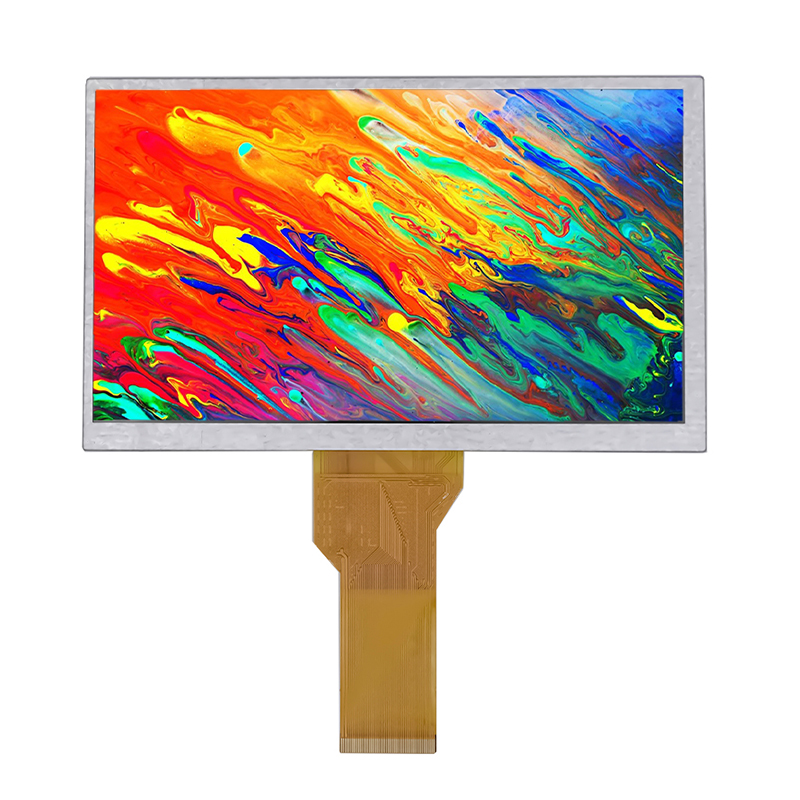
This guide provides a comprehensive overview of transparent LCD displays, covering their technology, applications, selection criteria, and key considerations for successful implementation. We'll explore different types of transparent LCD displays, their advantages and disadvantages, and help you determine the best solution for your specific needs. Learn how to evaluate specifications, compare different manufacturers, and make informed purchasing decisions.
Transparent LCD displays, unlike traditional LCD screens, allow light to pass through them, making them partially or fully see-through. This unique characteristic opens up exciting possibilities in various applications where both visual information and transparency are crucial. The technology behind these displays involves incorporating transparent electrodes and polarizers into the LCD structure, permitting a degree of light transmission. The level of transparency varies depending on the specific design and application requirements. This allows for a seamless integration into existing environments, creating visually stunning and innovative solutions.
While both AMOLED (Active-Matrix Organic Light-Emitting Diode) and Transmissive LCD technologies can create transparent displays, they differ significantly in their characteristics. AMOLED offers superior contrast ratios and deeper blacks, but generally comes at a higher cost. Transmissive LCDs, on the other hand, are typically more affordable but might have limitations in terms of contrast and viewing angles. The choice between AMOLED and Transmissive LCD for your transparent LCD display largely depends on your budget and desired visual performance.
The transparency of a transparent LCD display is not uniform. You'll encounter displays offering varying levels of transparency, expressed as a percentage of light transmission. Higher percentages indicate greater transparency, but this often comes with a trade-off in brightness and contrast. Consider your application carefully; a high-transparency display might be ideal for showcasing products in a retail setting, while a lower-transparency display might be sufficient for a digital signage application where brightness is prioritized. The optimal level of transparency is highly application-specific.
Transparent LCD displays are rapidly gaining popularity across diverse sectors. Their unique capabilities make them suitable for a wide range of applications, including:
Selecting the optimal transparent LCD display requires careful consideration of several factors:
| Specification | Description |
|---|---|
| Transparency | Percentage of light transmission. |
| Resolution | Pixels per inch (PPI), affecting image clarity. |
| Brightness | Measured in nits (cd/m2), impacting visibility. |
| Contrast Ratio | The difference between the brightest and darkest colors. |
| Viewing Angle | The range of angles from which the display can be viewed clearly. |
Partnering with a reputable supplier is crucial for a successful implementation. Consider factors such as their experience, technical support, and the quality of their products. Dalian Eastern Display Co., Ltd. is a leading manufacturer of high-quality LCD displays, offering a wide range of options to meet diverse needs. Their expertise and commitment to excellence make them a valuable partner for your transparent LCD display projects. They provide comprehensive support throughout the entire process, from design and selection to installation and maintenance.
Transparent LCD displays represent a significant advancement in display technology, opening up numerous possibilities for innovative applications across various industries. By understanding the different types, specifications, and application considerations, you can select the right display to meet your specific requirements and create truly impactful visual experiences.

